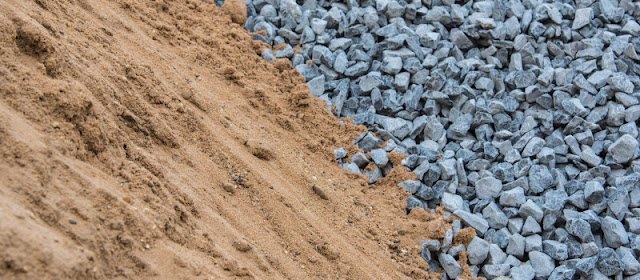How do Refrigerated Transport containers work?
A refrigerated container, also called a reefer, is a shipping container or an intermodal container which is used for intermodal freight transportation. Its unique feature is that it is refrigerated for transportation of temperature-sensitive items.
Many people think that Refrigerated Transports in Vancouver are self sufficient when it comes to the maintenance and regulation of temperature, but that is just partially true. The containers do not use their refrigeration capabilities all the time, for instance where they are on ships and on the dock. In these cases, the containers rely on external power sources or electrical power points to maintain temperature within. When these containers are transported over land with the help of trucks and the like, they are powered by their own gen sets or diesel powered generators. With these generators, one can control the containers temperature range from -65 degrees to 40 degrees on the go!
Today, these are also used by Sand and Gravel Delivery services in Vancouver.
There are some models of reefers which work on water cooling systems. These are used when the container is stored in a ship, below the deck. Water cooling systems are ideal for the removal of heat which is generated in an enclosed environment.
Now, water cooling systems are more expensive than modern ventilation systems and therefore their demand has decreased considerably. However, they are still in use for a number of reasons. When on uses both air cooling and water cooling, the likelihood of goods getting spoiled decreases to a great degree. Air cooling tackles the heat which is made by the reefer. Water cooling diminishes heat created by the reefer.
Due to such technologically advanced reefers or Refrigerated Transport containers in Vancouver, consumers are able to enjoy fresh produce from all over the world regardless of the time of the year.
Cryogenic Cooling
Cryogenic cooling or cryogenics is a process of cooling which is used when the distance of transportation is short. The process is also called Total Loss Refrigeration. In this process, liquid nitrogen or frozen carbon dioxide is to cool. When the cryogenically frozen gas evaporates slowly, the container becomes cooler. As long as the frozen gas is available in the system, the container remains cool. Cryogenic cooling technology has been used in railways for many years now because they offer up to 17 days of frozen gas which keeps the items inside cool. When it comes to air transportation of freight, total loss dry ice system is used more than refrigerated containers. This may be because it is undesirable to draw power from the airplane while it is flying.
ConclusionMany people think that Refrigerated Transports in Vancouver are self sufficient when it comes to the maintenance and regulation of temperature, but that is just partially true. The containers do not use their refrigeration capabilities all the time, for instance where they are on ships and on the dock. In these cases, the containers rely on external power sources or electrical power points to maintain temperature within. When these containers are transported over land with the help of trucks and the like, they are powered by their own gen sets or diesel powered generators. With these generators, one can control the containers temperature range from -65 degrees to 40 degrees on the go!
Today, these are also used by Sand and Gravel Delivery services in Vancouver.
There are some models of reefers which work on water cooling systems. These are used when the container is stored in a ship, below the deck. Water cooling systems are ideal for the removal of heat which is generated in an enclosed environment.
Now, water cooling systems are more expensive than modern ventilation systems and therefore their demand has decreased considerably. However, they are still in use for a number of reasons. When on uses both air cooling and water cooling, the likelihood of goods getting spoiled decreases to a great degree. Air cooling tackles the heat which is made by the reefer. Water cooling diminishes heat created by the reefer.
Due to such technologically advanced reefers or Refrigerated Transport containers in Vancouver, consumers are able to enjoy fresh produce from all over the world regardless of the time of the year.
Cryogenic Cooling
Cryogenic cooling or cryogenics is a process of cooling which is used when the distance of transportation is short. The process is also called Total Loss Refrigeration. In this process, liquid nitrogen or frozen carbon dioxide is to cool. When the cryogenically frozen gas evaporates slowly, the container becomes cooler. As long as the frozen gas is available in the system, the container remains cool. Cryogenic cooling technology has been used in railways for many years now because they offer up to 17 days of frozen gas which keeps the items inside cool. When it comes to air transportation of freight, total loss dry ice system is used more than refrigerated containers. This may be because it is undesirable to draw power from the airplane while it is flying.
Thus, you have seen that these modern containers used by transportation and logistics companies are important for the transportation of goods, especially perishable goods like local produce. These are also used for Sand and Gravel Sales in Vancouver.



Comments
Post a Comment